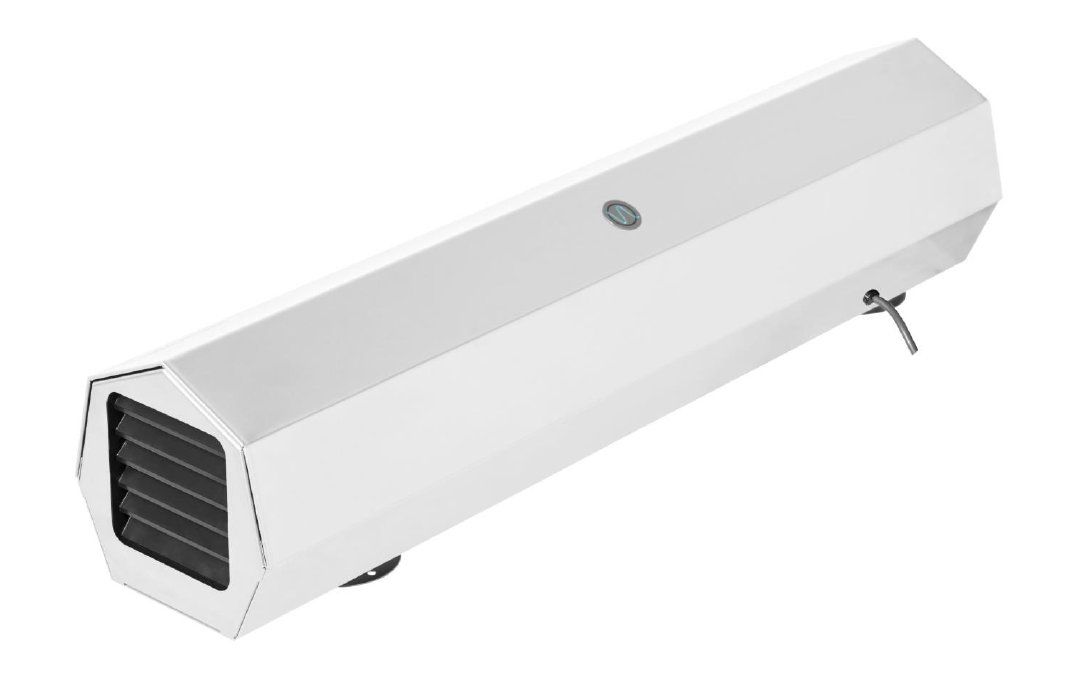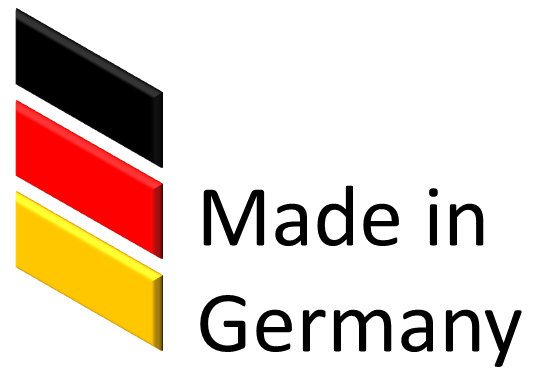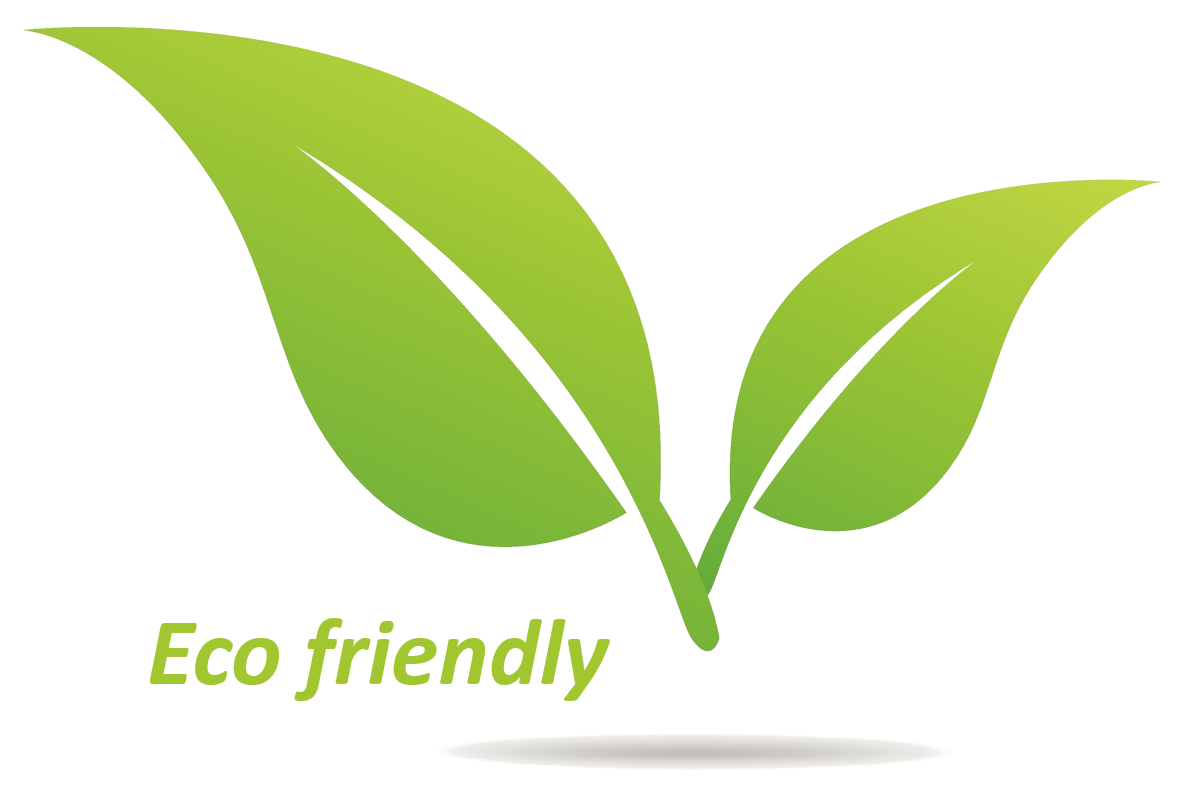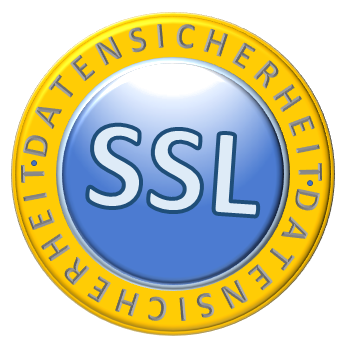
Image rights: © PantherMedia /vicnt2815/Deugefin GmbH
Professional solutions for the
UV-C disinfection
We recommend decontamination of your infested rooms.
Professional UV decontamination professional wall drying.
In damp rooms, mold spores grow and multiply incessantly. Rooms or walls that are contaminated in this way pose an extreme health risk. Good breathing air has a positive effect on health, but also on productivity and can also have a positive effect on the energy efficiency and sustainability of buildings. Improving air quality is crucial in places where people spend time indoors: efficient, healthy, comfortable and clean spaces reduce sick time, increase peace of mind and at the same time contribute to the sustainability of buildings.
bacteria, viruses, spores, fungi, Molds and mites are all sensitive to UV-C and can therefore be eliminated by UV-C. Microbes cannot develop resistance to UV-C radiation, as is the case with the use of chemical disinfectants and antibiotics.



Image source: Lightprogress
Frequently asked questions about mold infestation
How can mold growth be prevented in the home? How harmful is it to health? Who can you turn to for advice and help if you become ill or to renovate your home?
Guide for the prevention, detection and remediation of mold infestation in buildings
functionality
Each microorganism has a certain threshold value for resistance to UV radiation, the so-called DOSE. The specific dose must be administered to achieve an adequate level of disinfection, expressed in LOG REDUCTION (1 Log=90%, 2 Log=99%, 3 Log=99.9%, etc.).
Therefore, to kill some microorganisms, low UV power is sufficient, while others require higher power to achieve the same level of killing, or alternatively a longer exposure time.
These factors are fundamental to understanding UV technology:
- Desired level of disinfection (LOG reduction);
- target pathogen (and its DOSE);
- Geometry of UV power and irradiation distance;
- Exposure time

Image source: Lightprogress

Image source: Lightprogress
Technology
Germicidal UV-C rays have been known since the 1960s as a good physical method for controlling the growth and spread of microbes, viruses, pathogens, spores and molds.
Light Progress uses UV-C technology asphysical disinfection methodthat are cost-effective andecologicallyand, in contrast to chemical agents, works against all microorganisms without creating resistance.
UV technology is always used when it comes to sensitive areas. Hospitals, the food industry, universities, research institutes, construction companies, all rely on the germicidal capabilities of UV technology.











